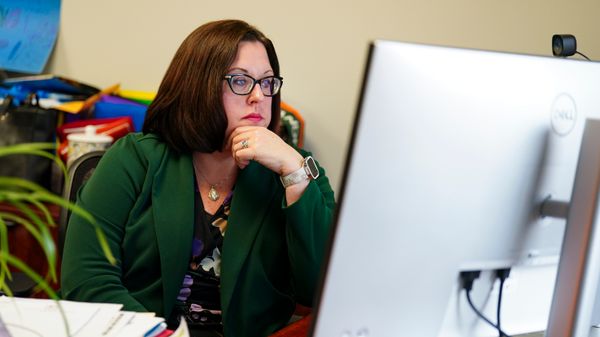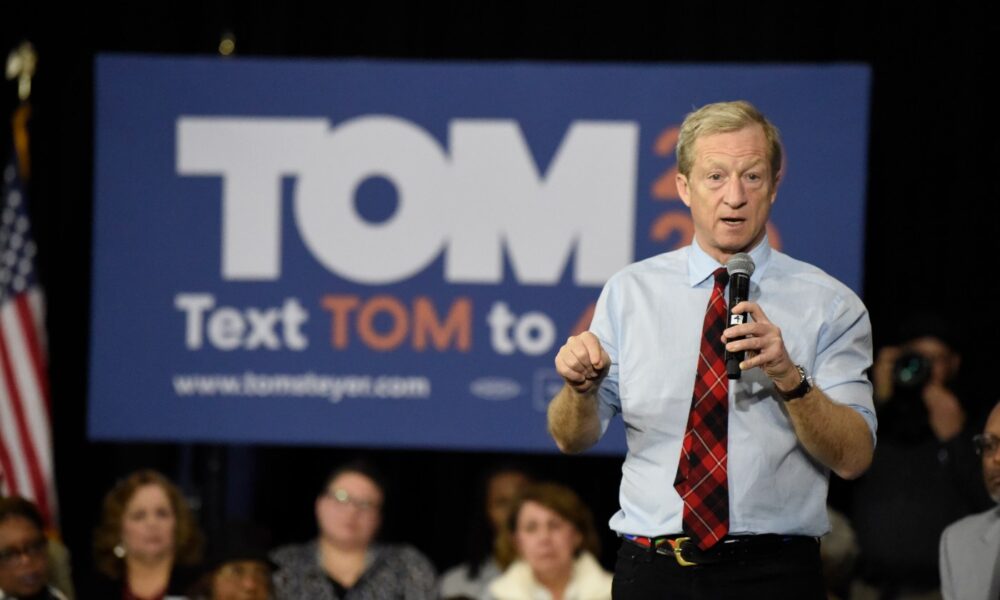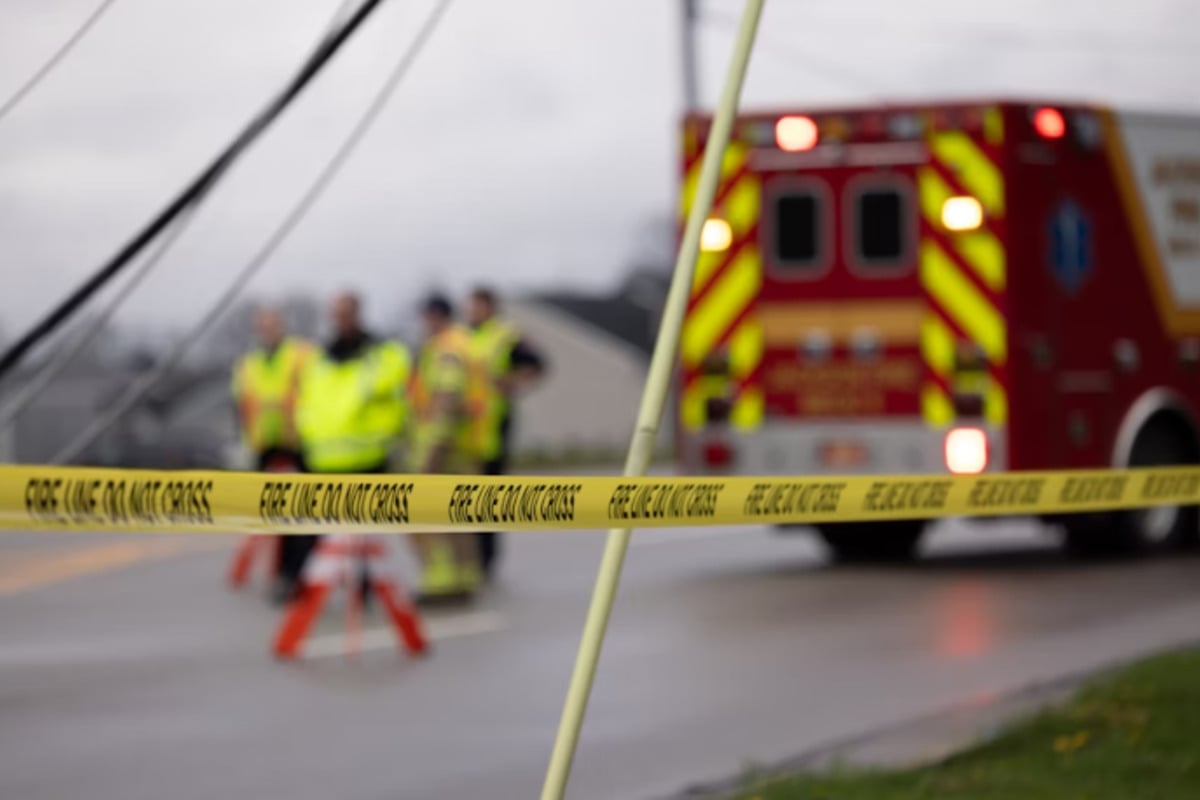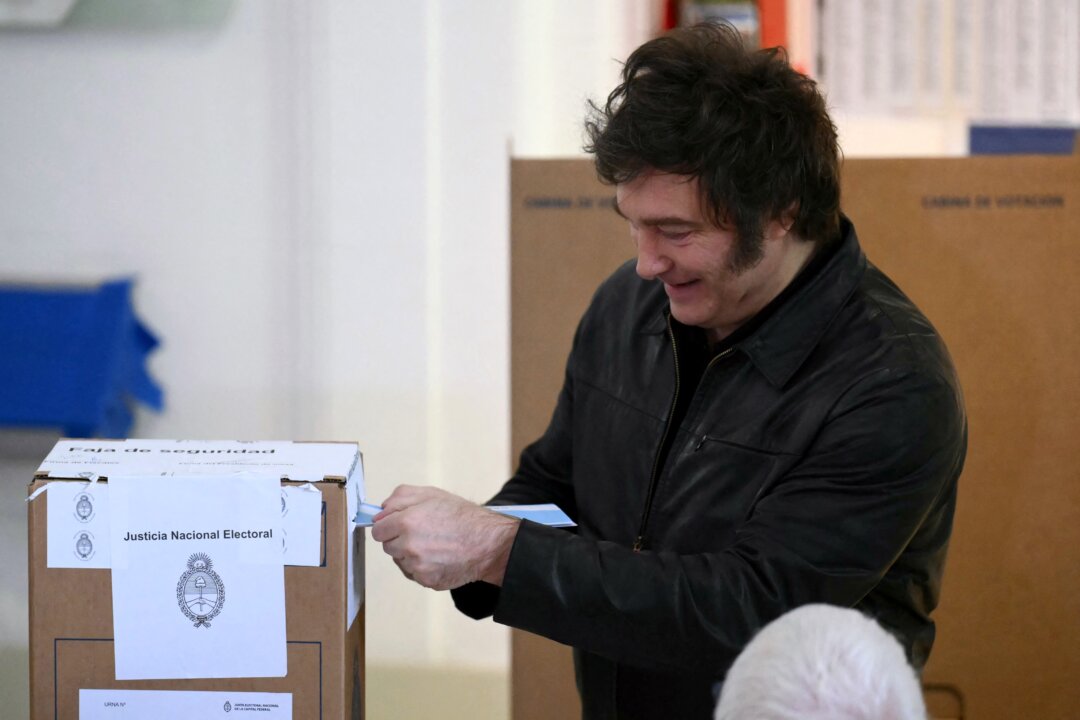UPDATE: School districts across Pennsylvania are facing dire financial crises, with many forced to cut essential programs and take out loans as the state grapples with a nearly four-month delay in budget approvals. Administrators report significant impacts on both urban and rural districts, especially those serving economically disadvantaged communities.
The crisis is hitting areas like the Greater Johnstown School District, where Superintendent Amy Arcurio warned that the funding impasse is particularly detrimental. “This impasse is kinder and gentler in communities that aren’t like mine,” she stated, reflecting on the inequities in state funding. Johnstown, a district in a struggling former steel city, is still waiting on vital education funds that are currently on hold.
As of October 2023, Johnstown’s budget relies heavily on state support, receiving $25.9 million out of a total $45.6 million revenue from state sources. With no budget resolution in sight, the district is resorting to drastic measures, including a $10 million loan to cover payroll and maintain operations through the school year.
During a recent virtual news conference, Sherri Smith from the Pennsylvania Association of School Administrators highlighted the urgency of the situation, warning that many districts are not in a position to sustain all existing programs. “We are nearing a tipping point,” she stressed, as districts begin to freeze hiring and delay payments to charter schools.
In the Scranton School District, where more than 80% of students are economically disadvantaged, administrators have already cut after-school and tutoring programs. Superintendent Erin Keating confirmed that her team is adopting a “fiscally conservative” approach, instructing all departments to prepare for zero budget allocations. “We have to be so fiscally conservative right now,” Keating said, emphasizing the importance of ensuring payroll is met.
Districts across the state are employing similar strategies. The Norristown Area School District is pausing hiring and delaying instructional material purchases, while the Franklin Area School District has suspended critical programs like early childhood education. Even the Schuylkill Haven Area School District has enacted a spending freeze on non-essential items, affecting maintenance projects and professional development.
Looking ahead, many districts, including Johnstown, are expressing concerns about the sustainability of their programs if the budget impasse continues. The Keystone Central School District has enough local tax revenue to last through this calendar year, but Superintendent Frank Redmon warns that decisions will need to be made starting in January regarding reserve funds or loans.
The urgency of the situation is palpable, as districts are left with limited options. If the budget stalemate persists into 2026, districts will face even more severe cuts to vital programs. Arcurio, reflecting on her district’s situation, stated, “I am really fearful for what next year is going to be like.”
As the Pennsylvania budget crisis unfolds, the stakes are high. School districts are scrambling to adapt to an uncertain financial landscape, and the future of educational programs hangs in the balance. The implications of this ongoing struggle are not just financial; they affect the very fabric of community support and educational opportunity for thousands of students across the state.
Stay tuned for more updates as this developing situation continues to impact Pennsylvania’s education system.







